Colorists: More Than Just Hair Stylists
Colorists are true artists, specializing in transforming your hair through expertise in color science. Unlike regular stylists, they know how chemicals interact with your hair, ensuring they create your dream shade while keeping your hair healthy.
To achieve the perfect look, a skilled colorist will:
- Consider your skin tone, eye color, and natural hair.
- Choose the right color to brighten your face and boost your confidence.
Pro tip: Not every hairstylist is a great colorist. Look for someone who has:
- A strong portfolio.
- Positive reviews.
- The ability to truly listen to your needs.
Identifying Your Hair Goals
Before diving into the world of hair color, take a moment to clarify your goals. What are you looking for?
- A dramatic change like jet black to platinum blonde?
- A subtle transformation with soft highlights?
- Or are you hoping to fix a color gone wrong?
Knowing your goals helps you find a colorist who specializes in your desired look. Some thrive with bold transformations, while others excel at natural, understated results. Clear goals = no miscommunication and fewer disappointments.
Researching Qualifications and Experience
Picking the right colorist is as important as choosing the perfect shade. Here’s why qualifications and experience matter:
- Qualifications: They know the science behind color mixing and application techniques.
- Experience: It shows they’ve handled diverse hair types and colors, giving them the skills to bring your vision to life.
Bottom line: Do your research before booking. The right colorist ensures your hair journey is smooth and successful.
How to Assess a Colorist’s Portfolio
Looking at a colorist’s portfolio? Here’s what to focus on:
- Variety: A strong portfolio shows a range of styles and techniques, from balayage to vivid colors.
- Hair health: Glossy, vibrant results indicate they prioritize hair health.
- Consistency: High-quality results across different clients prove professionalism and skill.
- Personal style fit: Does their work align with your vision? If it excites you, that’s a great sign!
Tip: A portfolio speaks volumes, but it’s just the first step.
Getting Recommendations for Top Colorists
Finding the right colorist starts with recommendations:
- Ask friends with amazing hair color—they’ll give you honest feedback.
- Check online reviews, but focus on patterns, not one-off complaints.
- Use Instagram to find colorists showcasing real client transformations.
- Book a consultation—many salons offer this for free. Meet the colorist, check their vibe, and ask to see their portfolio.
The Role of Consultations
A hair consultation is your first step to a successful color transformation. Think of it as a strategic meeting where you:
- Share your hair history and desired look.
- Discuss realistic outcomes.
- Bring photos to clearly communicate your vision.
A good colorist will ask about past treatments and your daily routine to recommend the best approach. Don’t skip the consultation—it’s the foundation of your hair journey.
Key Questions to Ask Your Colorist
Before committing, ask these questions:
- How much experience do you have? More experience = more confidence in their skills.
- Can I see your portfolio? Their work should impress you.
- What products do you use? Ensure they’re high-quality, and check for cruelty-free options if that matters to you.
- What’s the upkeep? Know how often touch-ups will be needed to fit your budget and schedule.
- How long will the process take? Knowing whether it’s one session or multiple avoids surprises.
If their answers don’t align with your needs, it’s okay to walk away. The right colorist is worth the wait.
Understanding Pricing and Services
Hair coloring costs can vary widely, but here’s a quick breakdown:
- Basic color jobs: $75–$150 in most salons.
- Specialized services (e.g., balayage): $200–$400+.
- High-end colorists: $500+ for top-tier expertise in major cities.
Some salons charge extra for deep conditioning or blowouts, so always ask what’s included. Many offer free consultations—use this time to discuss your goals and budget. Remember, quality often reflects the price.
Communication Is Key
The secret to achieving your dream hair? Effective communication!
- Be clear about what you want—bring pictures for reference.
- Listen to your colorist’s advice. They’ll recommend tweaks to suit your hair’s texture, health, and natural color.
- Ask questions. If terms like “balayage” or “toner” confuse you, ask for clarification.
A strong back-and-forth dialogue ensures you’re both on the same page. Think of it as a partnership—you talk, they listen, and vice versa.
Final Thoughts
Choosing the right colorist is like selecting an artist for your personal canvas. Here’s a quick roadmap:
- Know your goals. Be specific about what you want.
- Do your research. Look at reviews, portfolios, and recommendations.
- Trust your gut. If something feels off during the consultation, it’s okay to move on.
Your hair transformation should be exciting and empowering. Take your time, and you’ll find the perfect colorist to bring your vision to life!

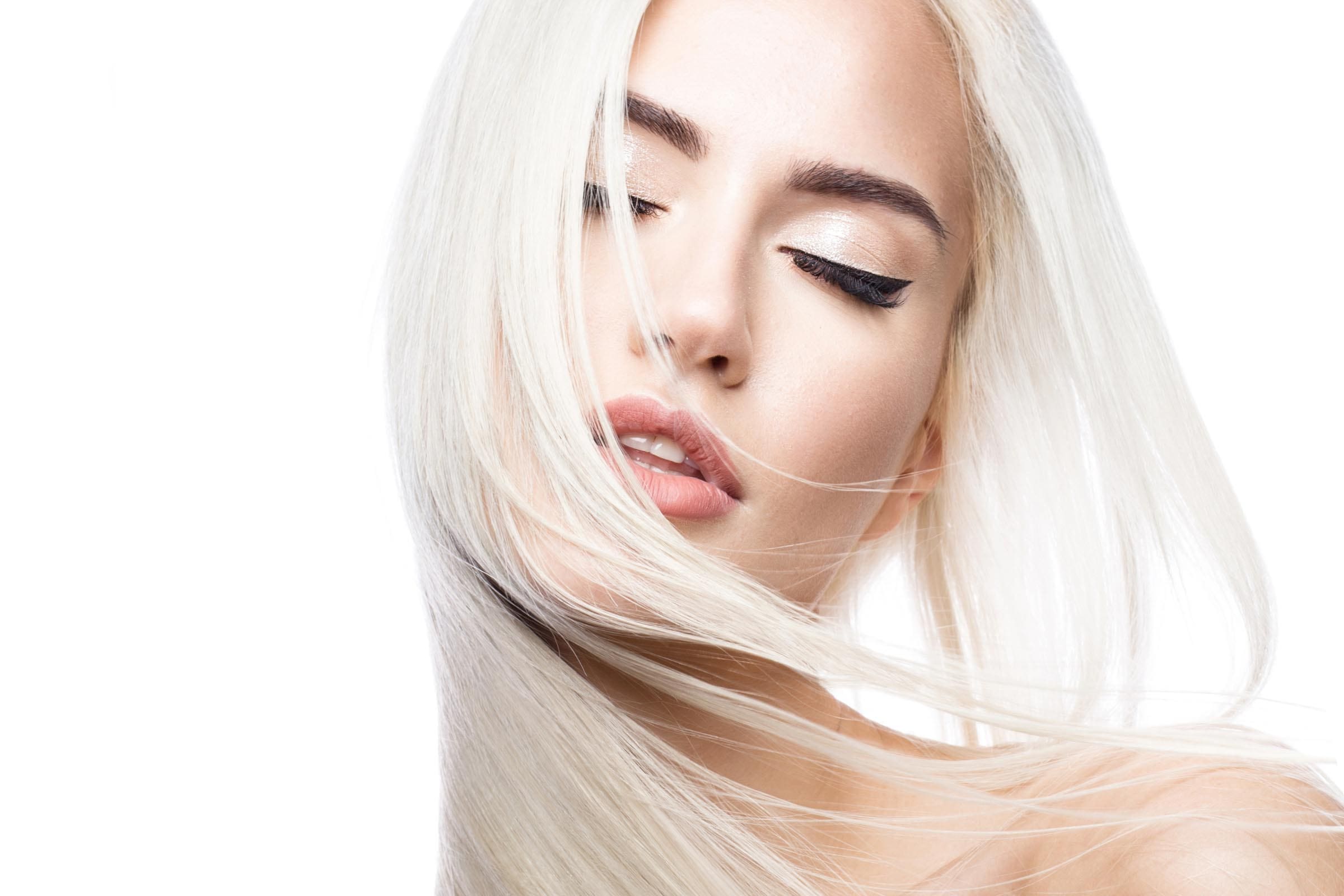

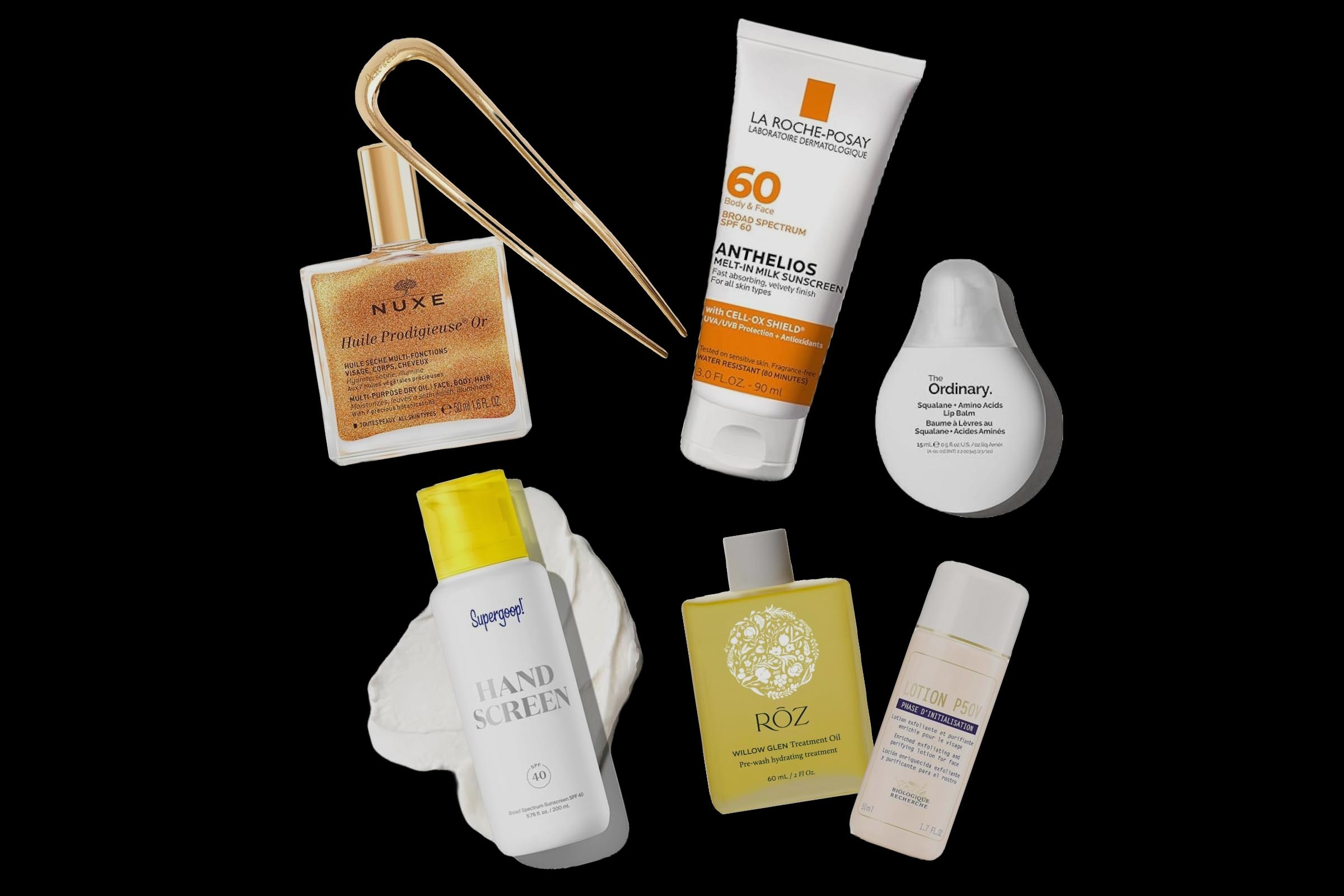
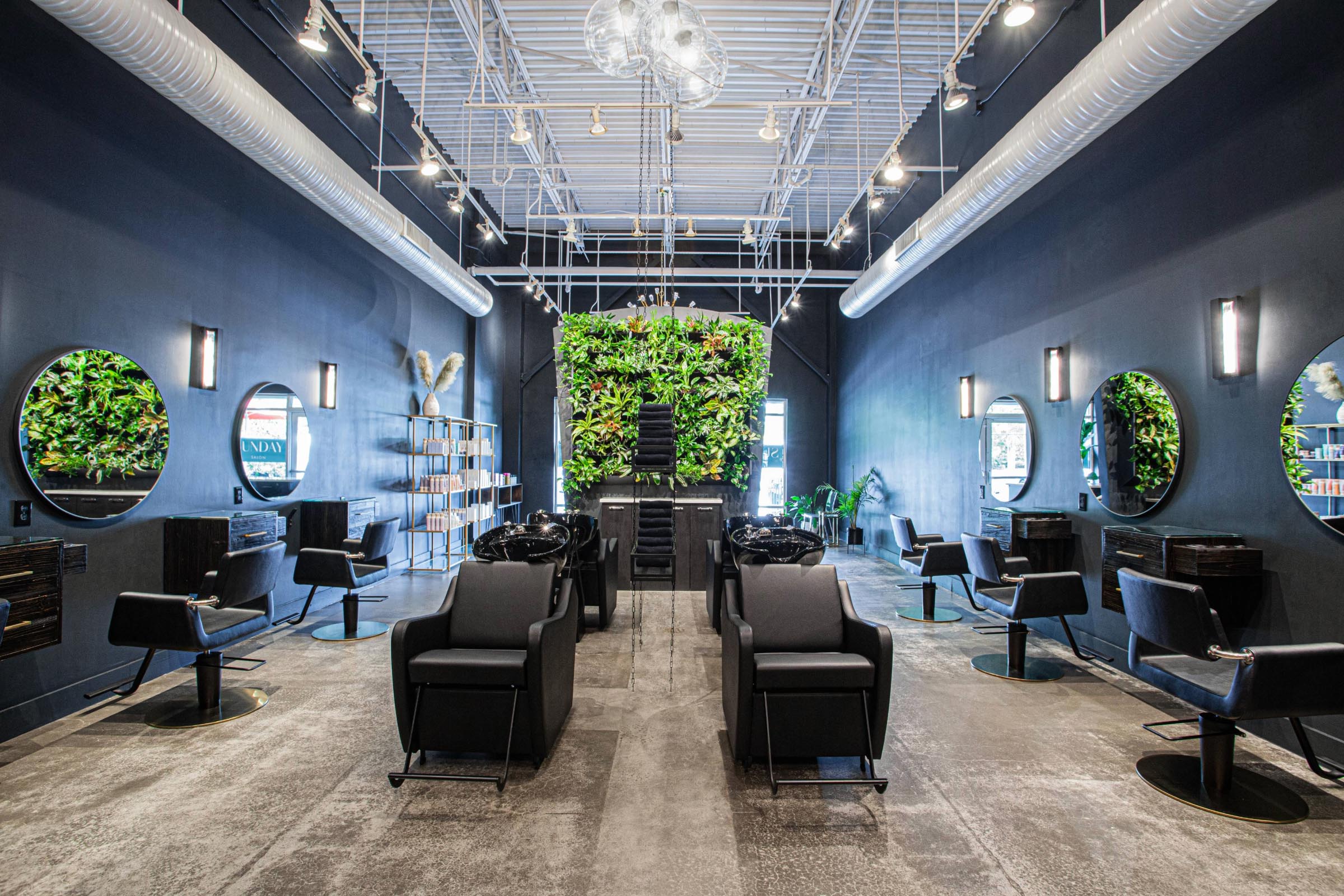

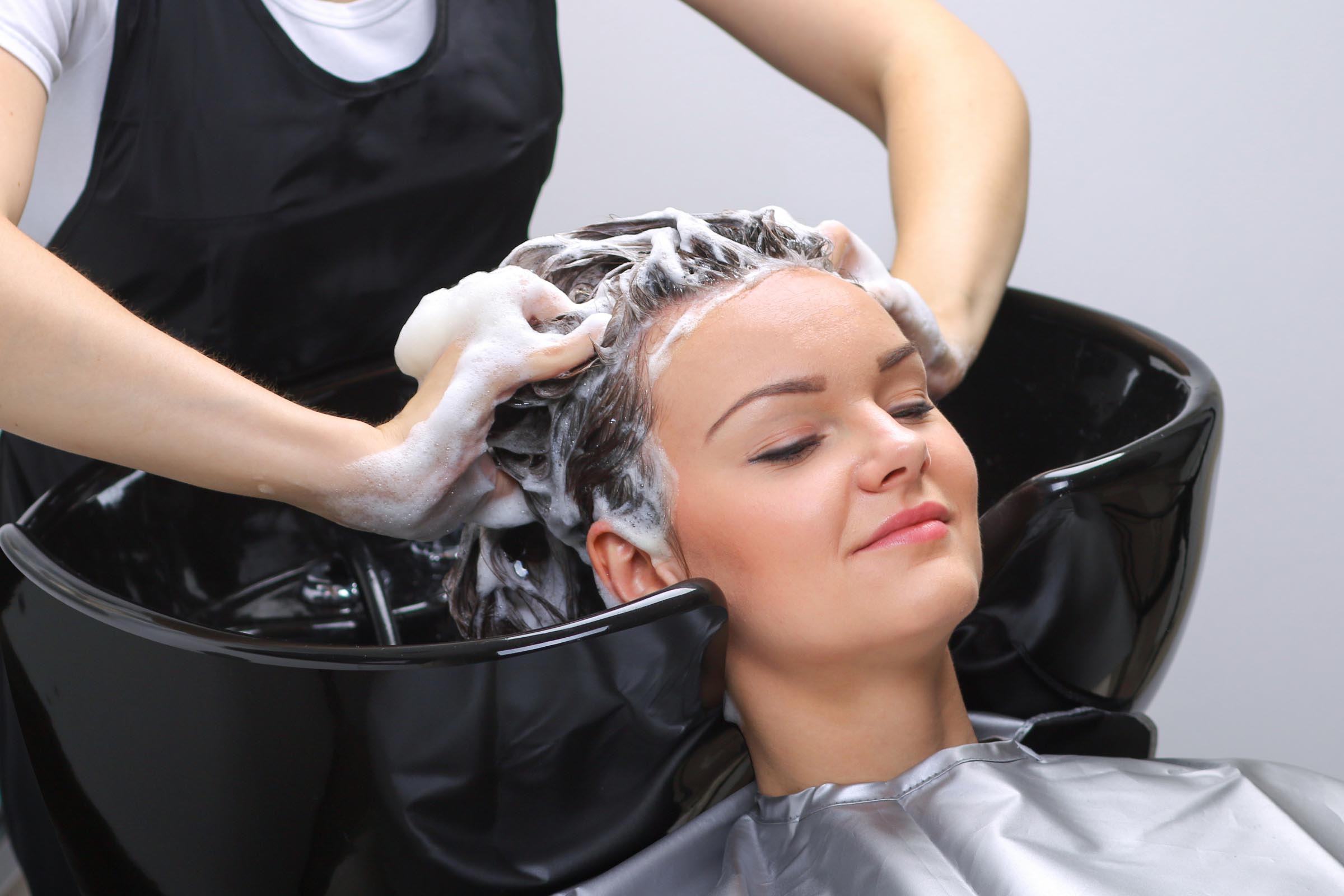
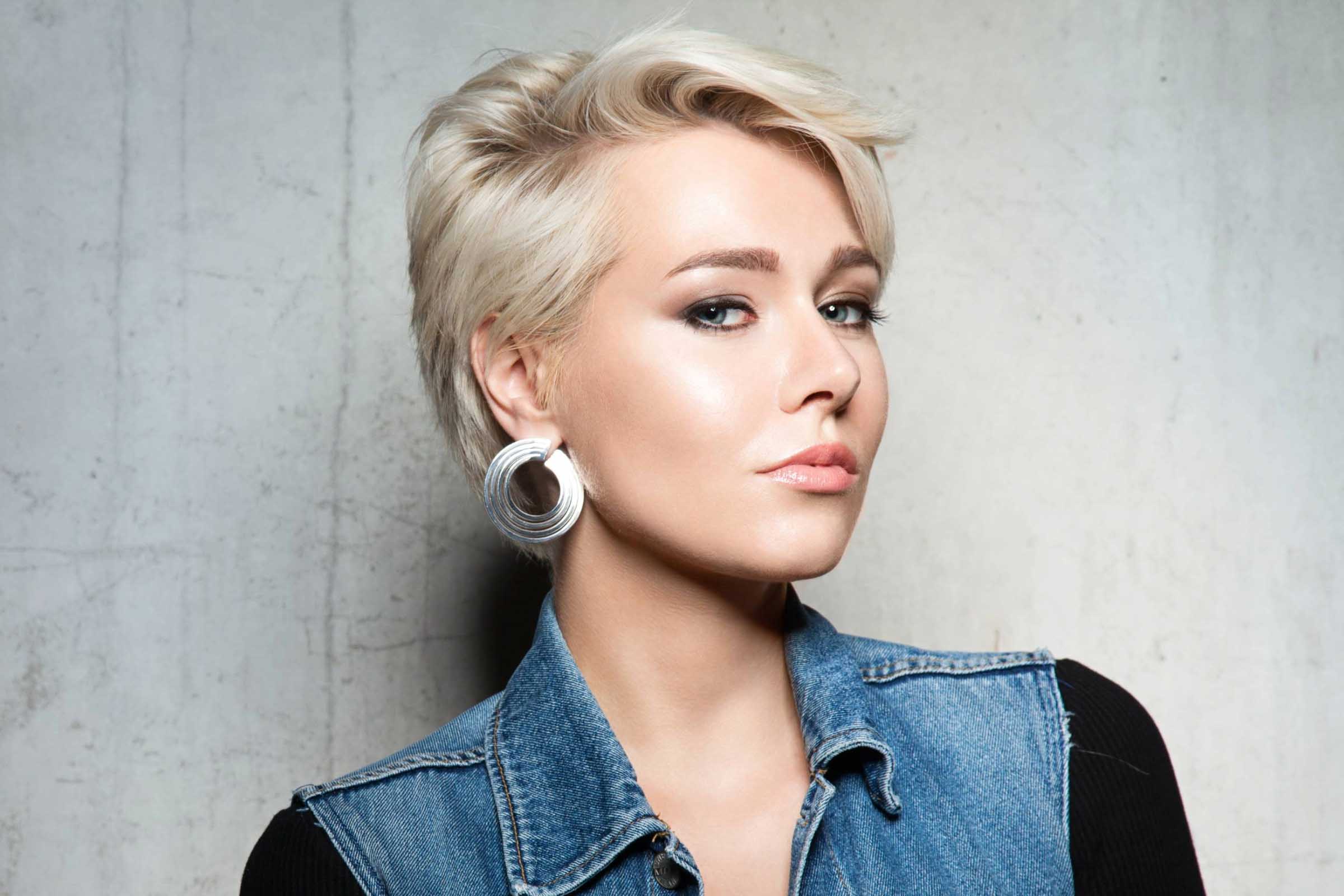
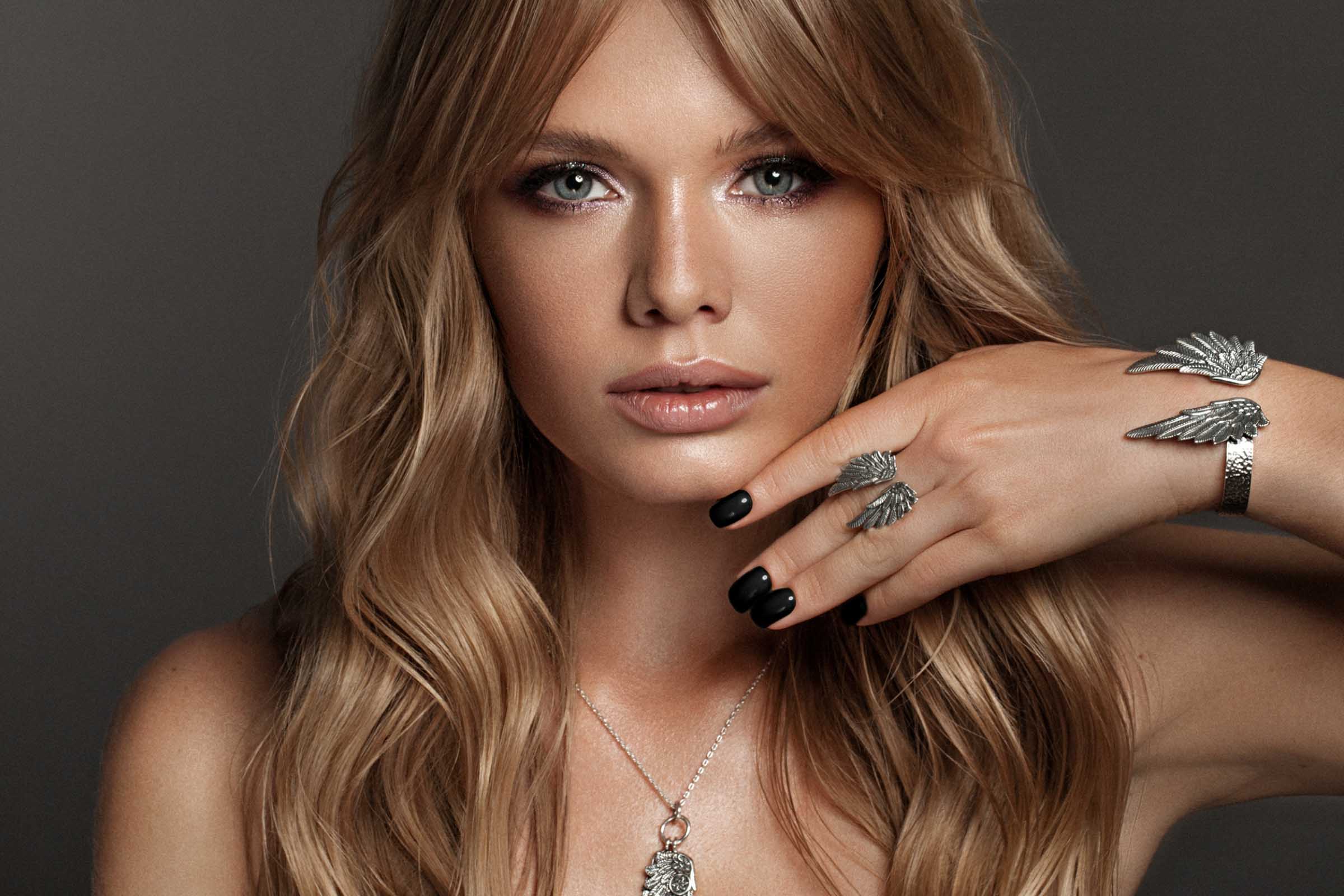
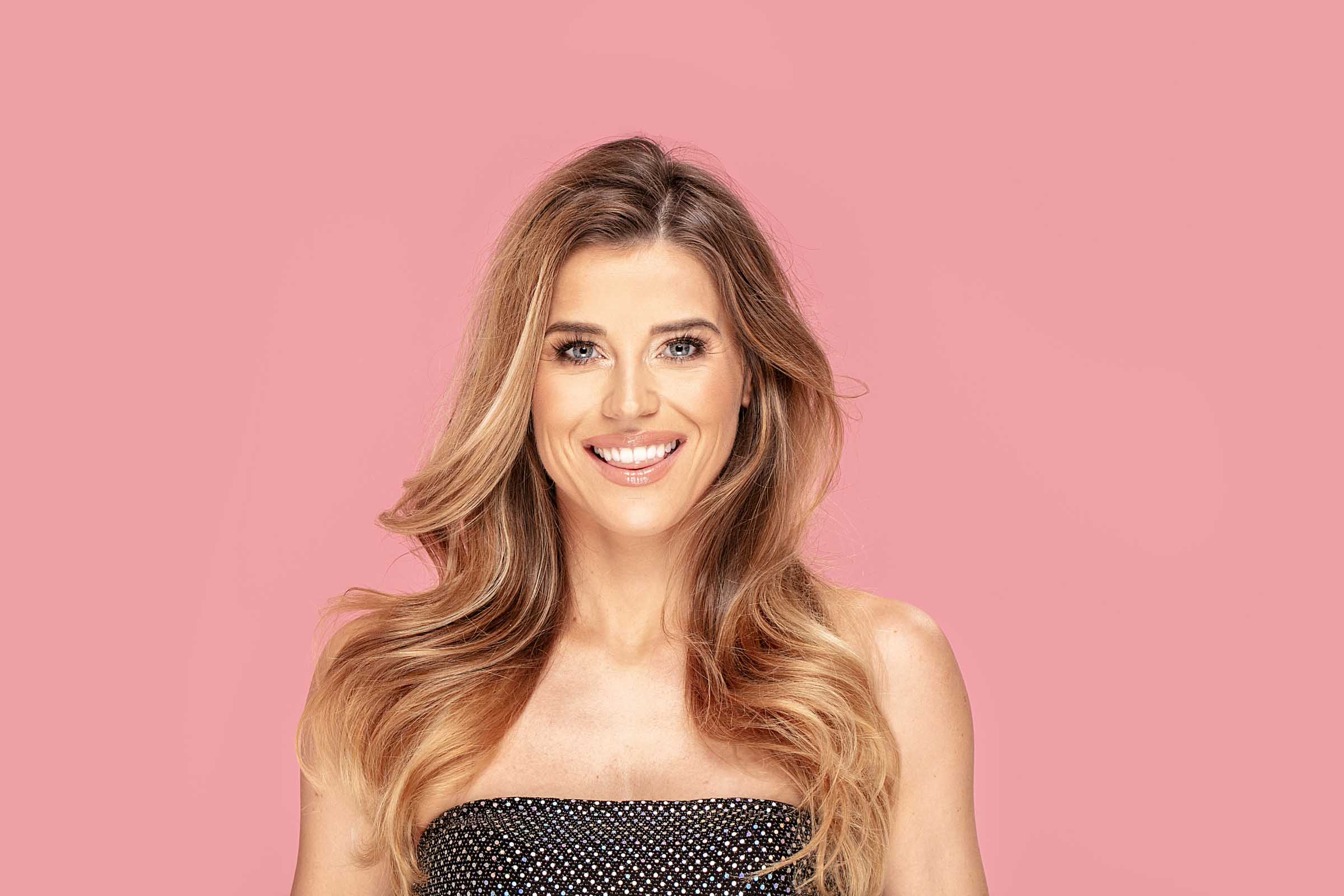
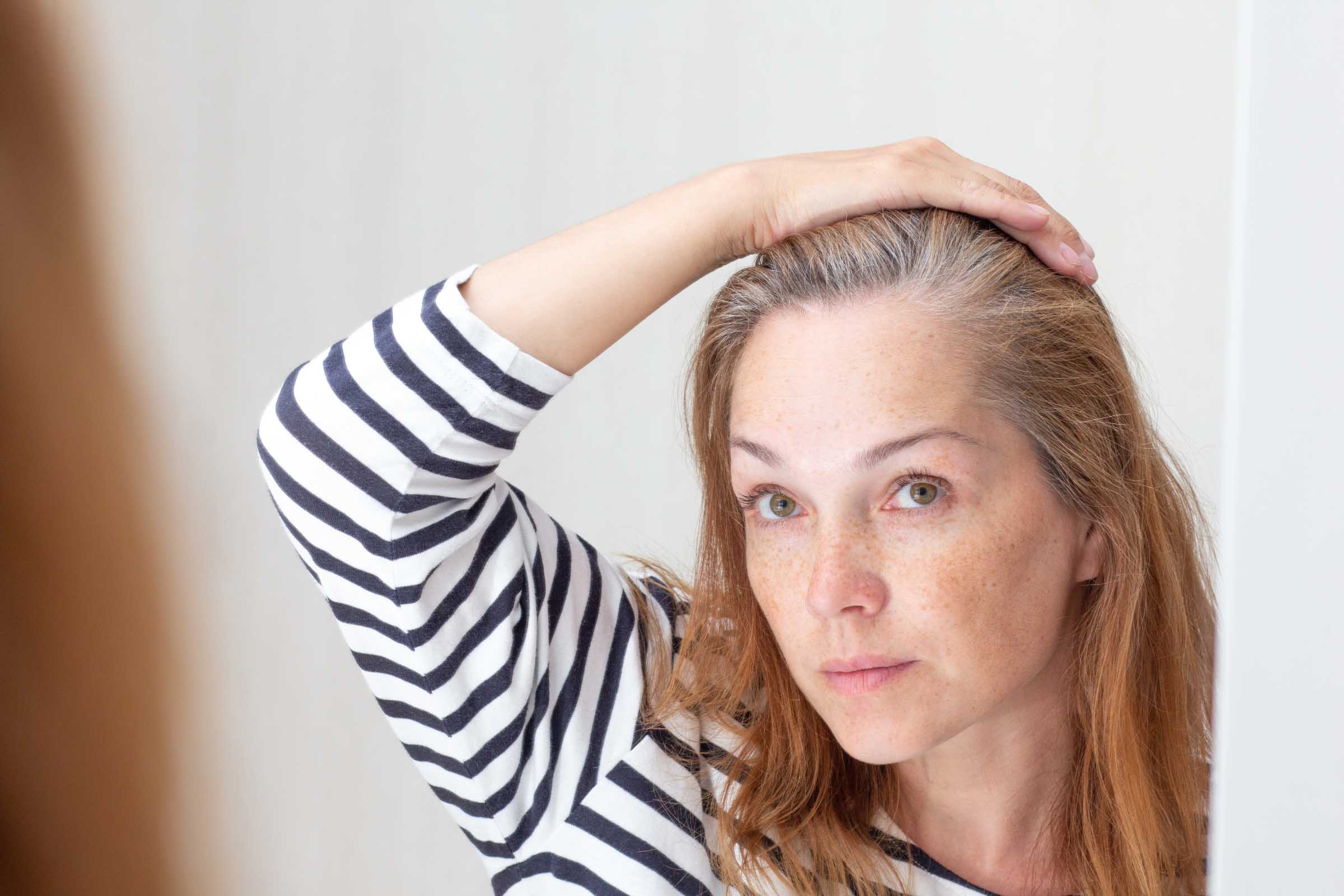
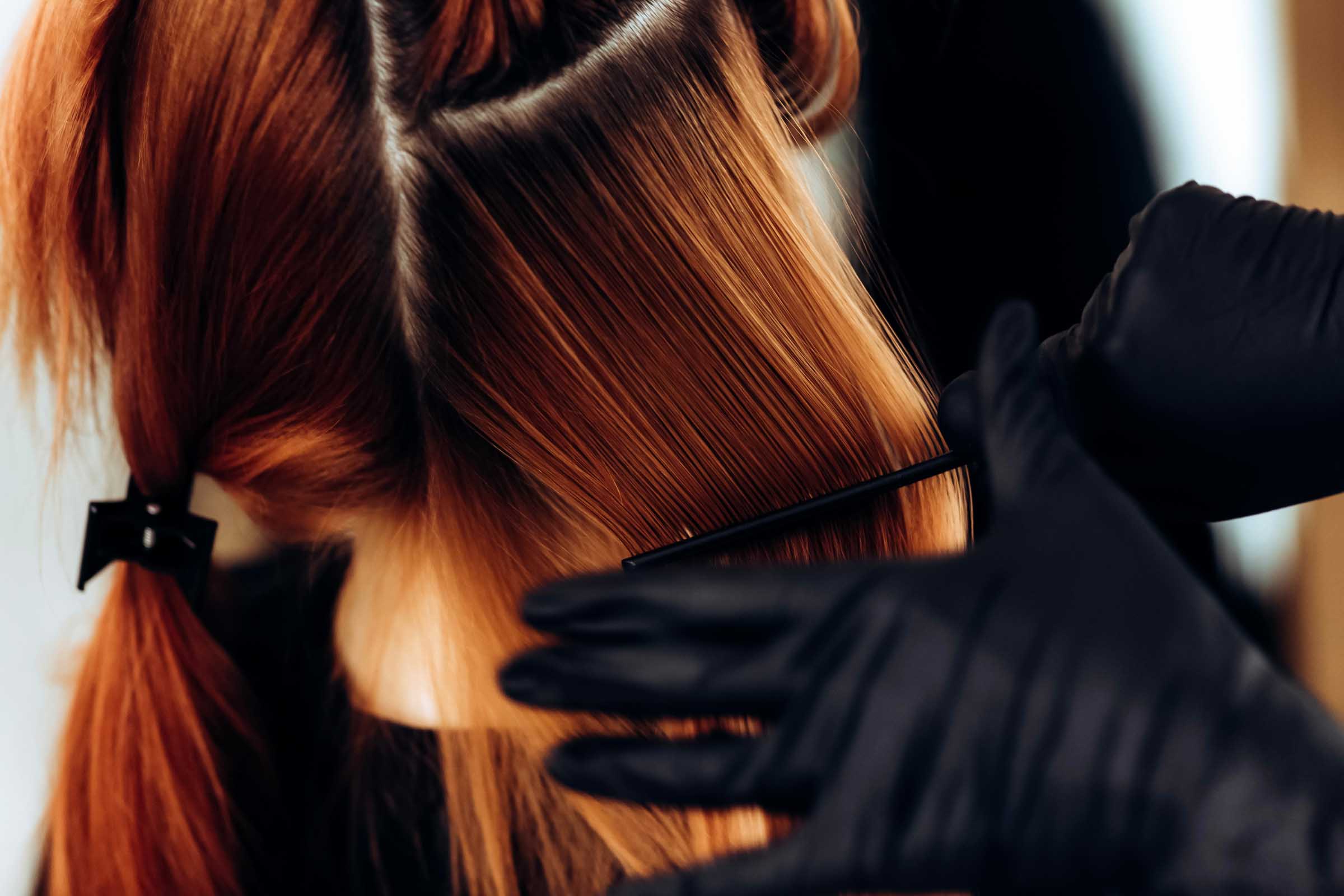
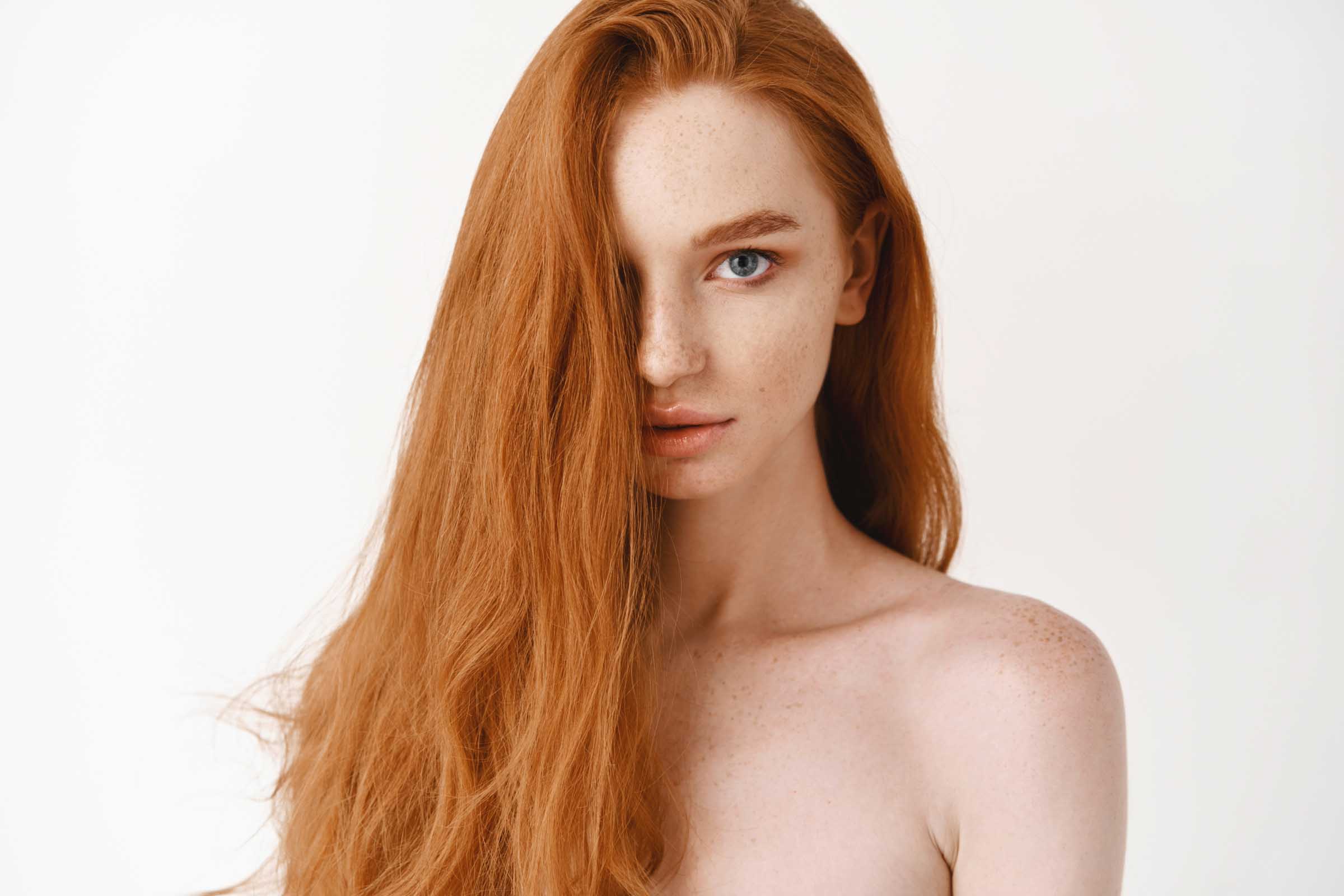

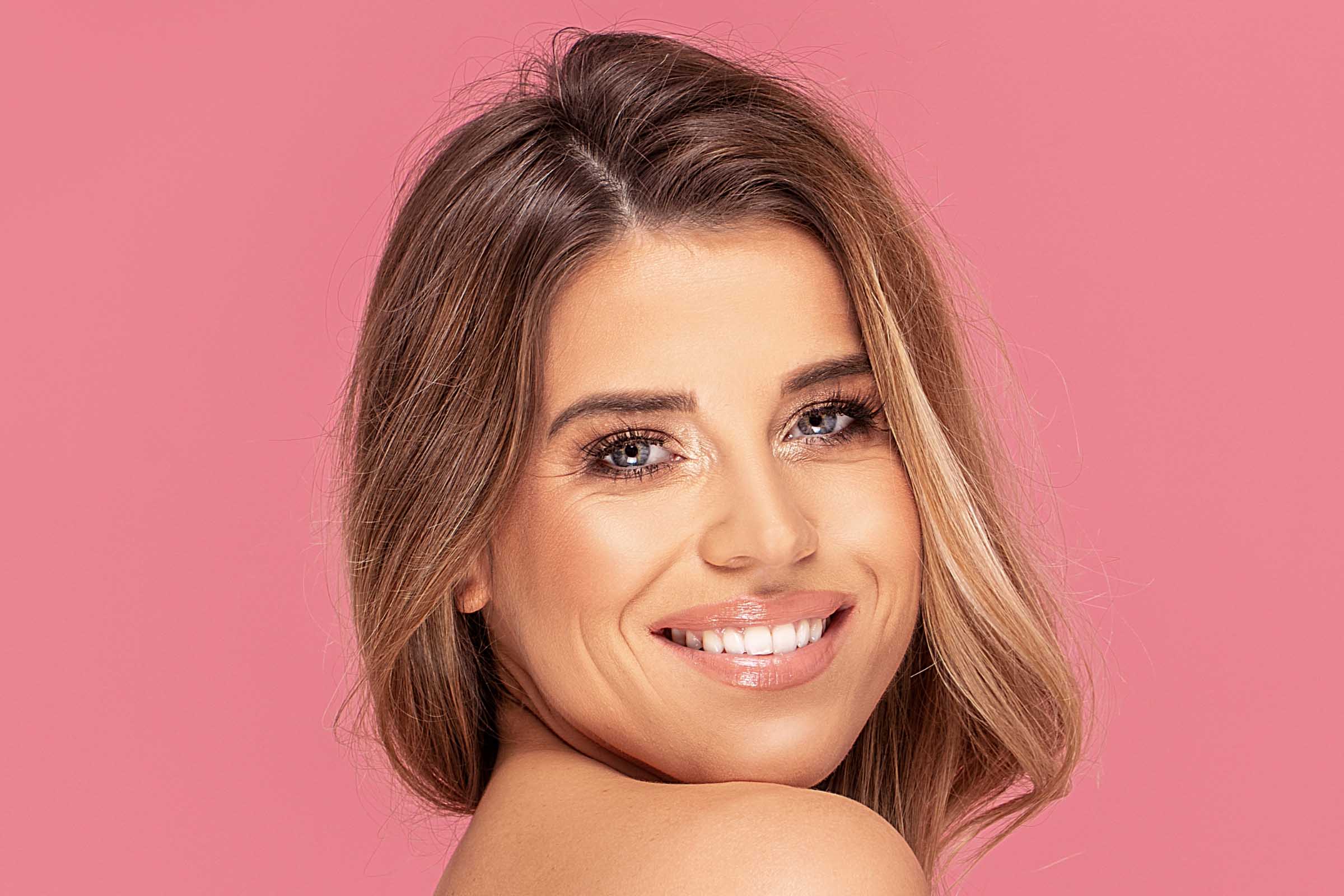
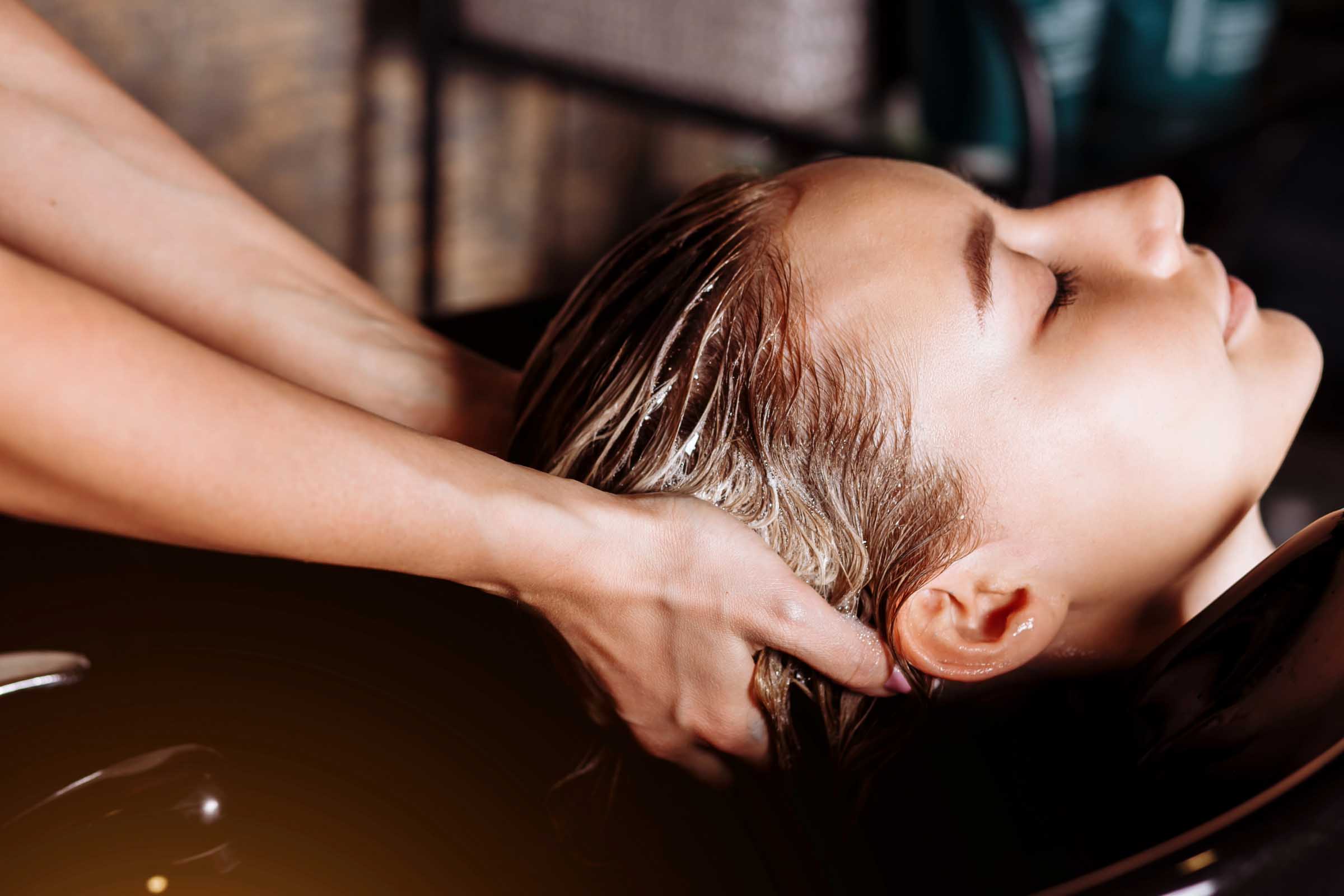
Can a hair colorist work with any type of hair? Or should people of color go to someone of color to color their hair?
At Sunday Salon, we firmly believe that earning the title “Master Colorist” signifies the ability to skillfully work with all hair types and textures. Our commitment to excellence ensures that our colorists undergo extensive training to cater to the diverse needs of our clientele, including people of color. This comprehensive approach enriches our team’s ability to provide exceptional service and achieve stunning results, regardless of hair type or texture. However, it’s important to note that not all hair salons share this philosophy. When selecting a salon, we recommend researching and ensuring that their values and expertise align with your specific hair care needs.
I’m 65 years old but look like I’m 50. I was a dark brunette. My hair is all gray on bottom and white on top. My hair is very thin. Had a full head of champagne high light. It always looks orange on top on my head in the sun. Any Ideas
Thank you for sharing your hair color situation. It’s wonderful that you’re looking for ways to enhance your hair color and address your concerns. Let’s explore some options that could work well for you:
1. Cooler tones: To counteract the orange tones you’re seeing in the sun, we could consider incorporating cooler, ashier tones into your color. This can help neutralize any brassiness and create a more natural look.
2. Lowlights: Adding some lowlights in a soft, cool brown shade can create depth and dimension, which can be particularly flattering for thinner hair. This technique can also help blend your natural gray and white tones more seamlessly.
3. Root shadow or smudging: This technique can help soften the transition between your natural roots and the colored hair, creating a more natural, lived-in look that’s easier to maintain.
4. Toner: Using a purple or blue-based toner can help neutralize any unwanted warm tones, giving your hair a cooler, more sophisticated appearance.
5. Glazing: A clear or slightly tinted glaze can add shine and help seal the cuticle, making your hair look healthier and potentially fuller.
For thin hair, we want to avoid over-processing, which can lead to further thinning or damage. Instead, we could focus on techniques that add depth and dimension without compromising hair health.
To maintain your color and keep it from turning brassy or orange, I would recommend:
1. Using purple shampoo once a week to neutralize any yellow tones.
2. Protecting your hair from the sun with hats or UV-protective hair products.
3. Using color-safe, sulfate-free shampoos and conditioners.
4. Getting regular trims to keep your hair healthy.
Remember, everyone’s hair is unique, so it’s always best to have a thorough consultation with your stylist. They can assess your hair in person and provide personalized recommendations based on your hair’s condition, your lifestyle, and your desired outcome.